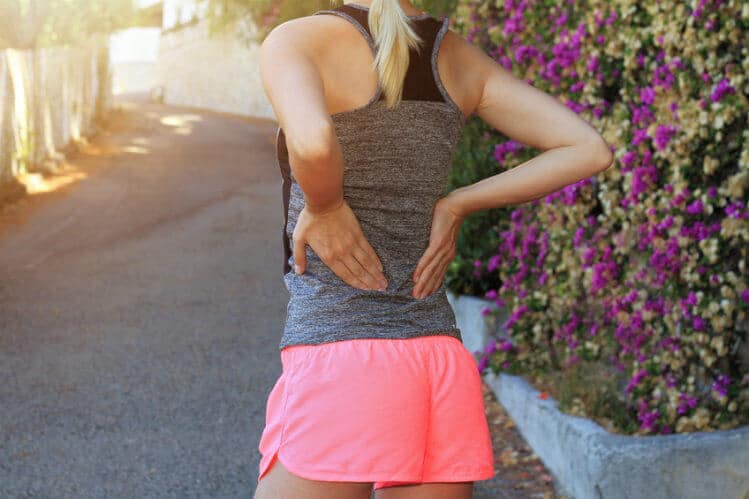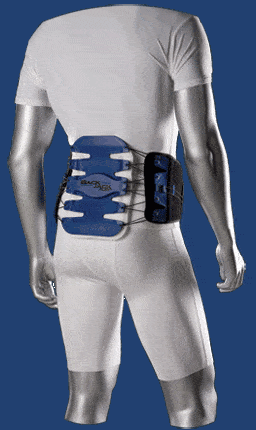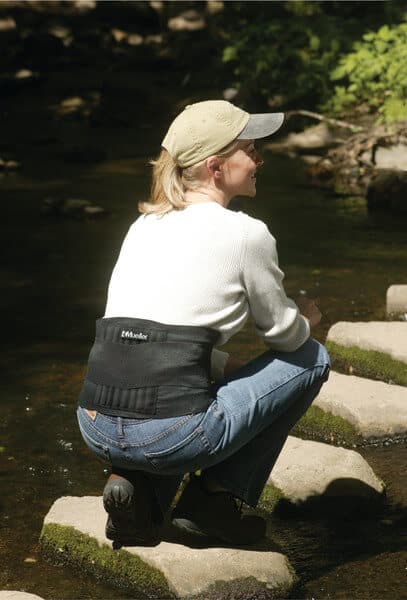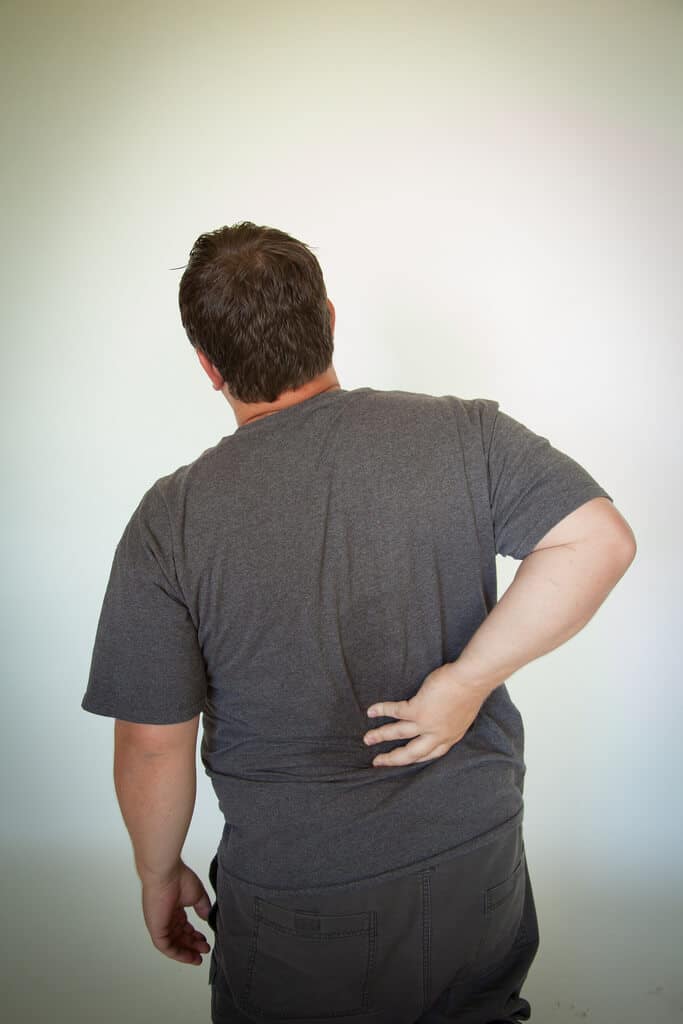The Benefits of Back Braces For Athletes
Almost every athlete relies on the back muscles, bones and ligaments to compete at the highest level. Soccer players twist their backs in mid-air to head a pass towards the goal, hockey players bear down and battle in the corners while stretching and bracing themselves with their back and basketball players pivot and jerk from side to side, manipulating their backs to get through the defence. No matter the sport or the arena, athletes must take care of their backs to maintain total health and excel. That is why orthopaedic supports, such as back braces, must be considered by athletes who want to be optimally healthy, recover from injury quicker and gain an edge over their opponents. Here are some of the key benefits of back braces to athletes in various aspects of sport, from training to recovery and competition and beyond.
Injury Recovery Benefits of Back Braces
As a result of engaging in more intense physical activities, athletes run a higher risk of experiencing back injuries. Whatever the sport, athletes subject the spine to plenty of stress, pressure absorption, impact, turning or twisting. Approximately 5 to 10 percent of athletic injuries are lower back or spine related. Many cases of low back pain in athletes can be traced to either a discrete event or to repetitive minor injuries experienced over time and resulting in microtraumas. There are many types of back injuries that athletes can sustain, with the most common being musculoligamentous strains, spondylolysis and herniated discs. Athletes with any of these conditions can experience the benefits of back braces if chosen correctly.
Musculoligamentous Strain
A musculoligamentous strain is another way to describe a common back strain. This includes all soft tissue injuries (nerves, muscles, tendons, ligaments, and blood vessels) in the lumbar area. Musculoligamentous strains can deliver significant pain and take a while to heal if not cared for properly. While back strains will usually heal with proper rest and strengthening exercises, a back brace that offers compression and heat therapy can help speed up the recovery process and reduce pain at the same time.
Spondylolisthesis
Spondylolisthesis is a defect or stress fracture in the vertebrae and is most commonly found in athletes who frequently hyperextend the lumbar spine e.g. gymnasts, footballers and weightlifters. Symptoms include chronic lower back pain, which can stem from structural defects or compression of the nerves. If the diagnosis is severe, such as a true stress fracture, doctors may recommend a back brace to help the fracture heal before returning to sport. A back brace for spondylolisthesis works to stimulate blood flow and muscle activity to reduce inflammation and encourage healing. The benefits of back braces also include segmented stabilization of the spine, stabilizing compression and limited spine movement to prevent further slippage of the vertebra.
Herniated Disc
Due to excessive weight bearing and stress, athletes can damage an intervertebral disc, otherwise known as a herniated disc. The intervertebral discs are flat, round shock absorbers between each vertebra of the spine. Since athletes place more pressure on the spine than others, these repeated daily stresses and minor injuries can begin to affect the discs in the spine. A herniated disc occurs when pressure on the outer disc fibers causes it to rupture and displaces the nucleus from its normal space. The resulting nerve compression can produce symptoms like numbness, pain, altered reflexes, and/or tingling sensations in the arms or legs.
The benefits of back braces to those afflicted include support for the lower back by providing compression and stability. The best types of back braces for this condition are the ones that give your spine the support it needs and keep pressure off the affected nerves, thus reducing your pain.
Other Benefits Of Back Braces For Athletes
In addition to being effective aids to injury recovery, the benefits of back braces for athletes include proactive protection for the back during workout sessions, abdominal support, helping to prevent spinal curvature and/or rounded shoulders and therapeutic warmth and/or compression.
Support Belts
Support belts are one of the best braces to use to keep your back healthy when working out. They can be precisely fit, but often use breathable fabric to provide compression for the lower back while keeping you cool. Support belts reduce existing pain and prevent further injury. Support belts are flexible and promote a full range of motion in addition to the full level of support for the back, making them ideal back braces for workouts and training sessions.
Orthopaedic Back Braces
Orthopaedic back braces are normally use sturdier material than support belts, which means they offer durability and lumbar support over an extended period. While sturdier, these back braces are often breathable and lightweight, which is the perfect combination for athletes who are working out and training. Some of the better braces have a curved design that reduces pressure on the abdomen as well as lower back strain.
This type of support brace is easy to put on and remove, making for convenience when traveling or for use at the gym. The upper straps hold the shoulders back, keep the spine straight, and reduce back aches and spasms. There are long term health benefits as well; it helps to prevent progressive spinal curvature and also corrects rounded shoulders.
Back Wraps And Compression Braces
These lighter-weight, more flexible, form-fitting braces are made of fabric that stretches across the lower back to provide compression. Its soft, lightweight material supports and warms the back while also allowing for a wide range of movement. These braces are ideal for strains, sprains, and muscle spasms as they provide focused support for back injuries. The concentrated back and abdominal compression relieves the pain of especially tender back injuries and combined with the addition of heat or cold therapy, these back braces can aid an athlete in recovering from minor back injuries in no time at all.





What is a good brace for me to do wrestling and I have a musculoligamentous sprai?
Hello – our view is that the Baja 627 is the brace you would need to address a musculoligamentous sprain. However, please check with your doctor to make sure (s)he agrees with this suggestion. Thanks.